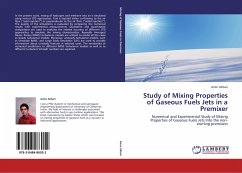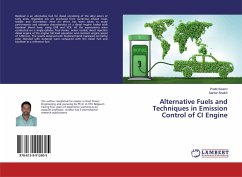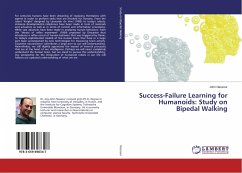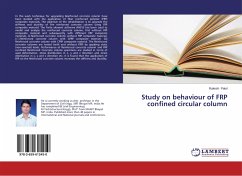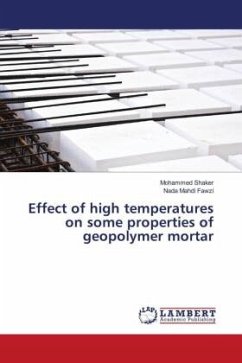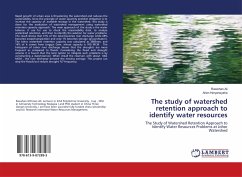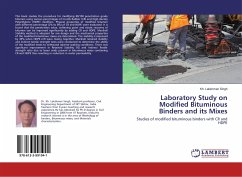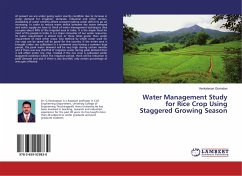In the present work, mixing of hydrogen and methane into air is simulated using various CFD approaches. Fuel is injected either co-flowing to the air flow ( axial injection ) or perpendicular to the air flow ( radial injection ). The quality of the simulations is evaluated by comparing the numerical results with experimental measurements. Qualitative and quantitative comparisons are used to evaluate the relative accuracy of different CFD approaches to simulate the mixing characteristics. Reynolds Averaged Navier Stokes (RANS) turbulence models are utilized to model all the cases as steady turbulence models. Moreover, unsteady turbulence models, such as Unsteady RANS, and Large Eddy Simulation (LES) are used to provide information about unsteady features in selected cases. The sensitivities of numerical predictions to different RANS turbulence models as well as to different turbulent Schmidt numbers are explored.
Bitte wählen Sie Ihr Anliegen aus.
Rechnungen
Retourenschein anfordern
Bestellstatus
Storno

